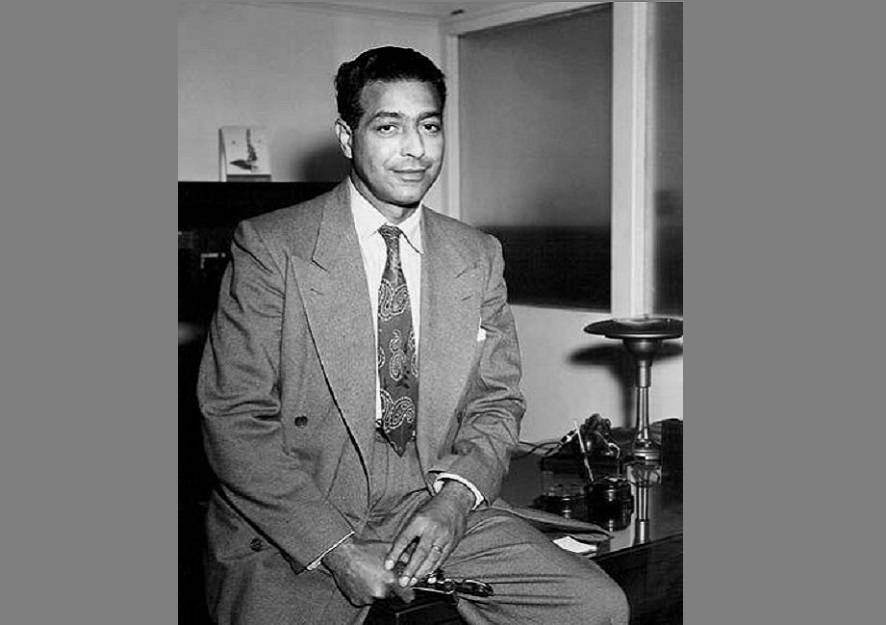Ben Carson’s inspiring life story of rising from obscurity to graduating at the top of his class is a best-seller among African Americans and millions of Africans worldwide. His crowning achievement as the first Black neurosurgeon to successfully separate a set of co-joined Siamese twins at the head gained him cult status among African-Americans.
Even though his recent acts and words have continued to alienate him from Black and other minority communities, he is most known for his “Gifted Hands.” And perhaps he would not have gotten this far in the profession of neurosurgery if it hadn’t been for pioneers like Dr. Clarence Sumner Greene, whose successes cleared the door for other African Americans to advance in the field.
Greene, the first African-American board-certified neurosurgeon in the United States, was born on December 26, 1901, in Washington, D.C. When he was 10, his mother remarried and he relocated to New York City. He immediately returned to D.C., where he resided with his aunt, the spouse of whom was a dentist. Greene excelled in both academics and sports at school. Greene’s classmate at Dunbar High School was Charles Drew, who went on to become an American physician and the founder of the first blood bank.
Read Also:
Myron Rolle: A Successful Ply From NFL Star To A Neurosurgeon
Greene earned a D.D.S. from the University of Pennsylvania in 1926, but dentistry was not his only career goal. So, from 1926 to 1927, he enrolled in Harvard University in a pre-medical program. Three years later, he interned at Cleveland City Hospital before returning to the University of Pennsylvania to complete his Bachelor of Arts degree in 1932.
Greene was still dissatisfied, so he enrolled at Howard Medical School, where he received his medical degree in 1936, at the age of 34. He went on to complete a seven-year residency in general surgery, including a rotation under his old classmate, Drew. Greene subsequently spent four years as a surgery professor at Howard University, but he was still hungry for more. He had a calling as a neurosurgeon at the time, but there was no neurosurgery program at Howard medical school.
So, in 1946, he came to Canada to study under Dr. Wilder Penfield, a pioneering researcher, and surgeon at the Montreal Neurological Institute. On October 22, 1953, Greene became the first person of African heritage to be qualified by the American Board of Neurological Surgery, earning acclaim from Penfield.
Greene later became the Chair of Neurosurgery at Howard. He conducted multiple brain surgery successfully there until his death in 1957 at the age of 56. Today, because of heroes like Greene, there are hundreds of Black neurosurgeons performing tough and remarkable surgeries that save lives. Clarence Sumner Greene, Jr., his son, also became a well-known pediatric neurosurgeon.

